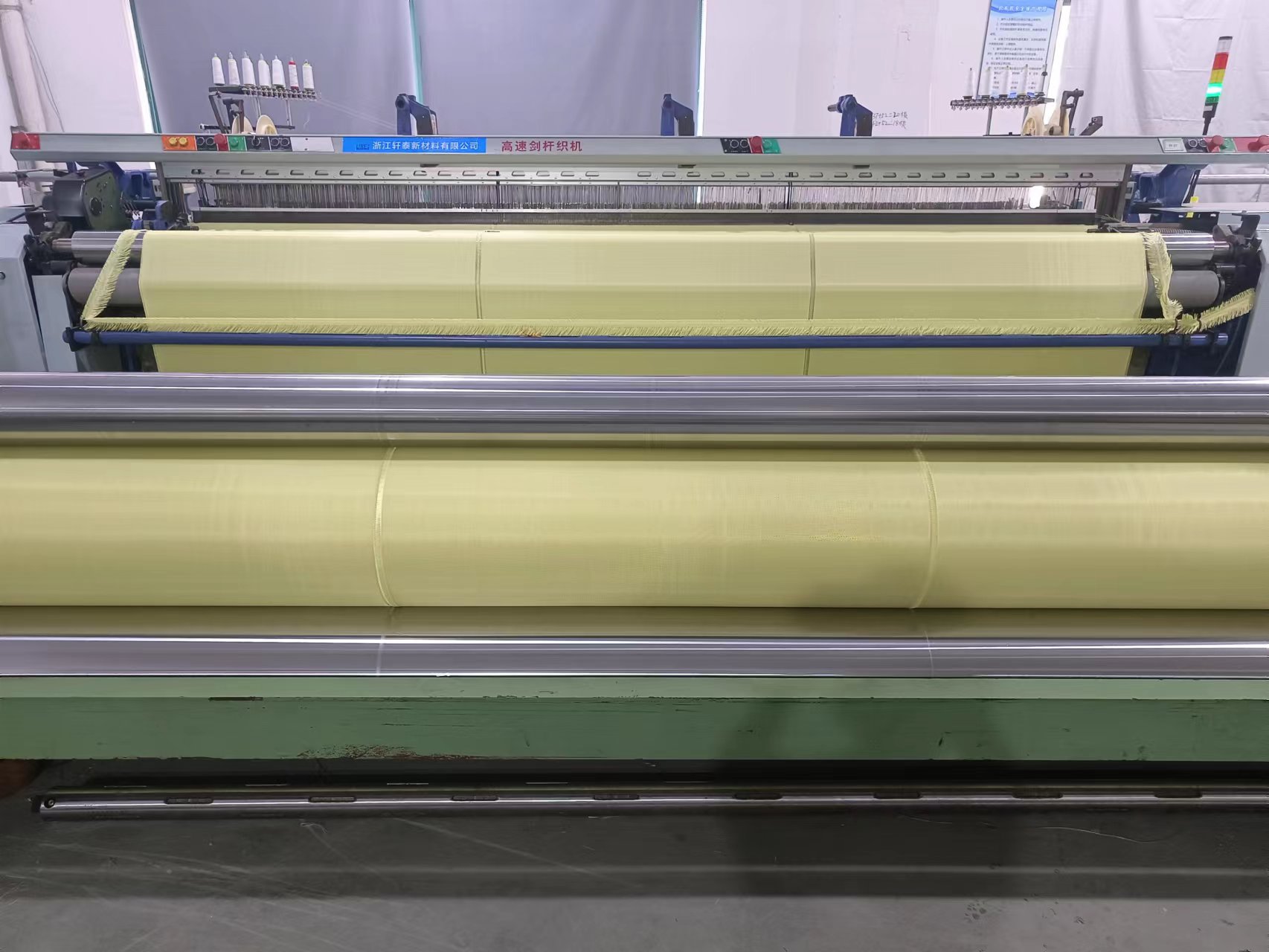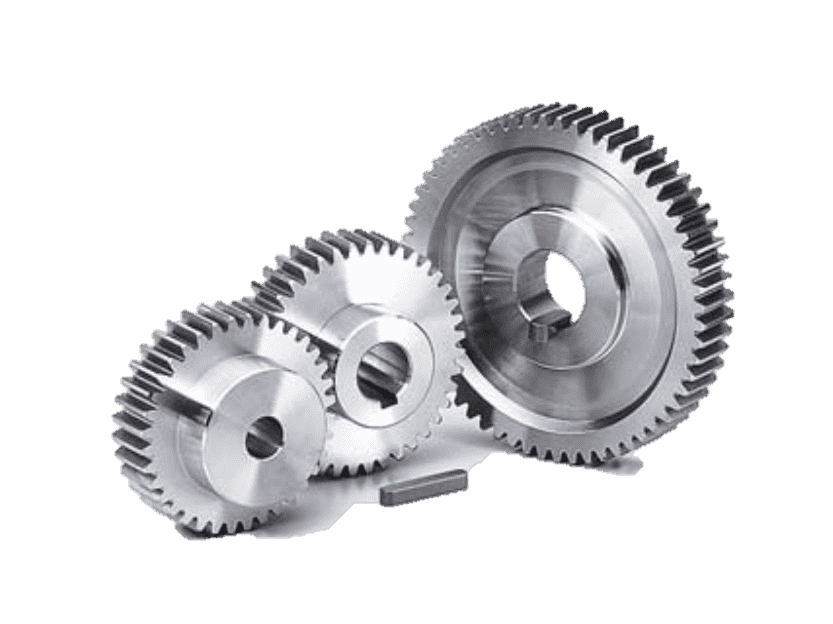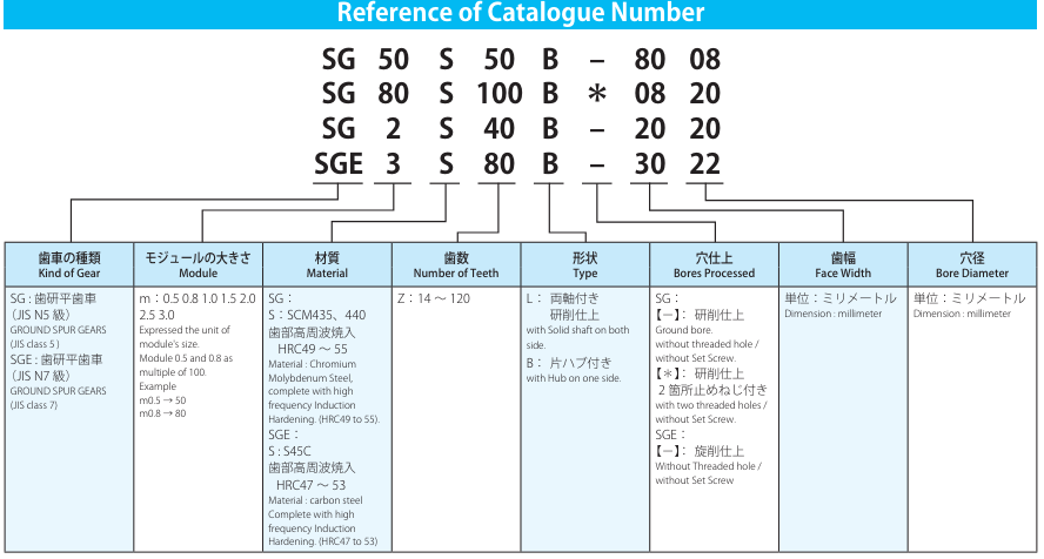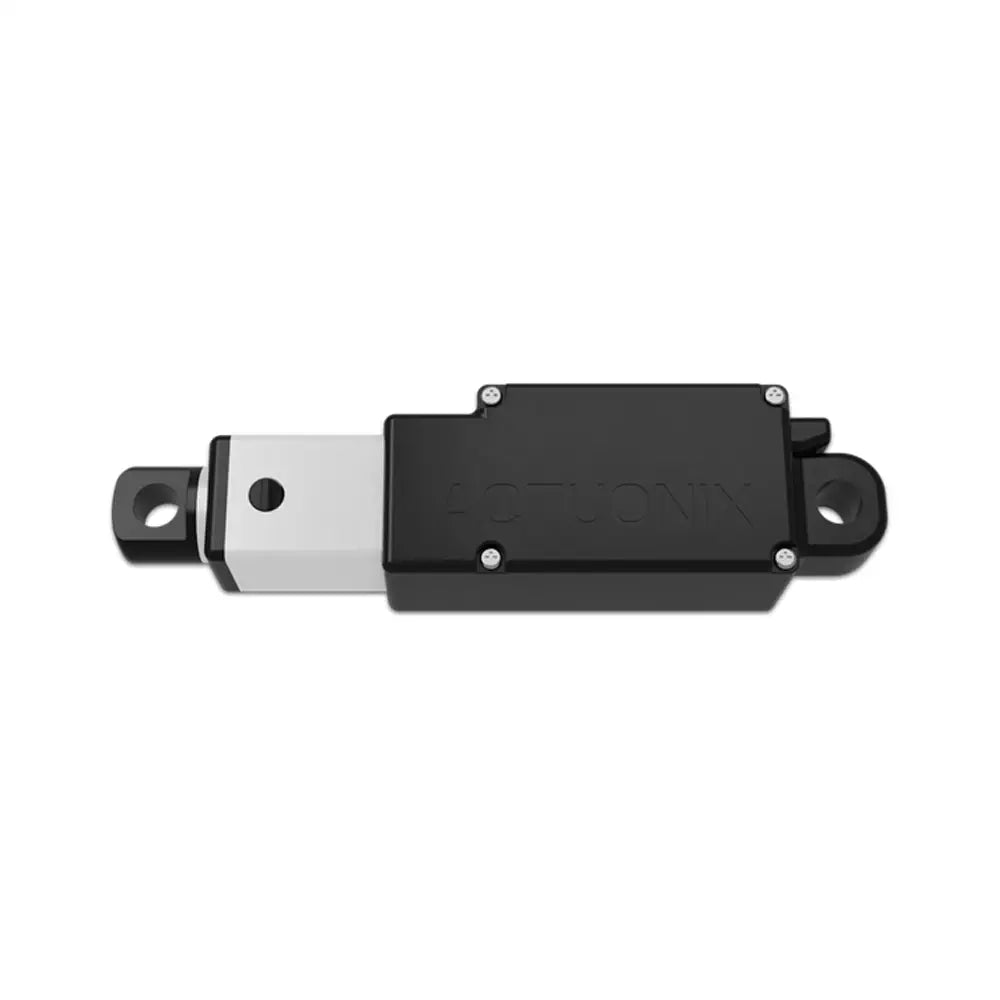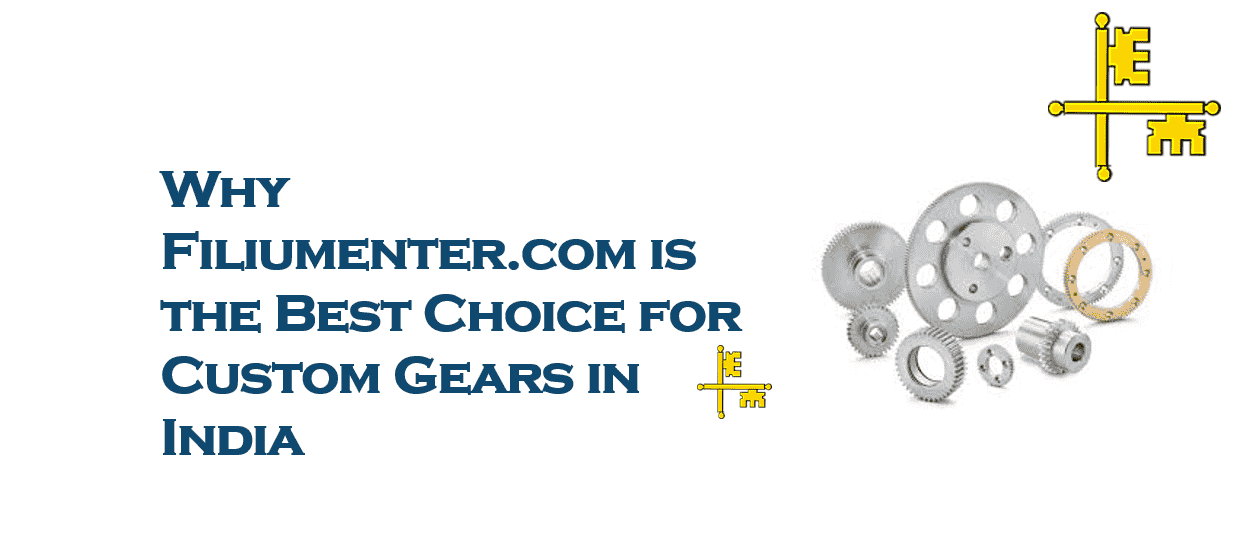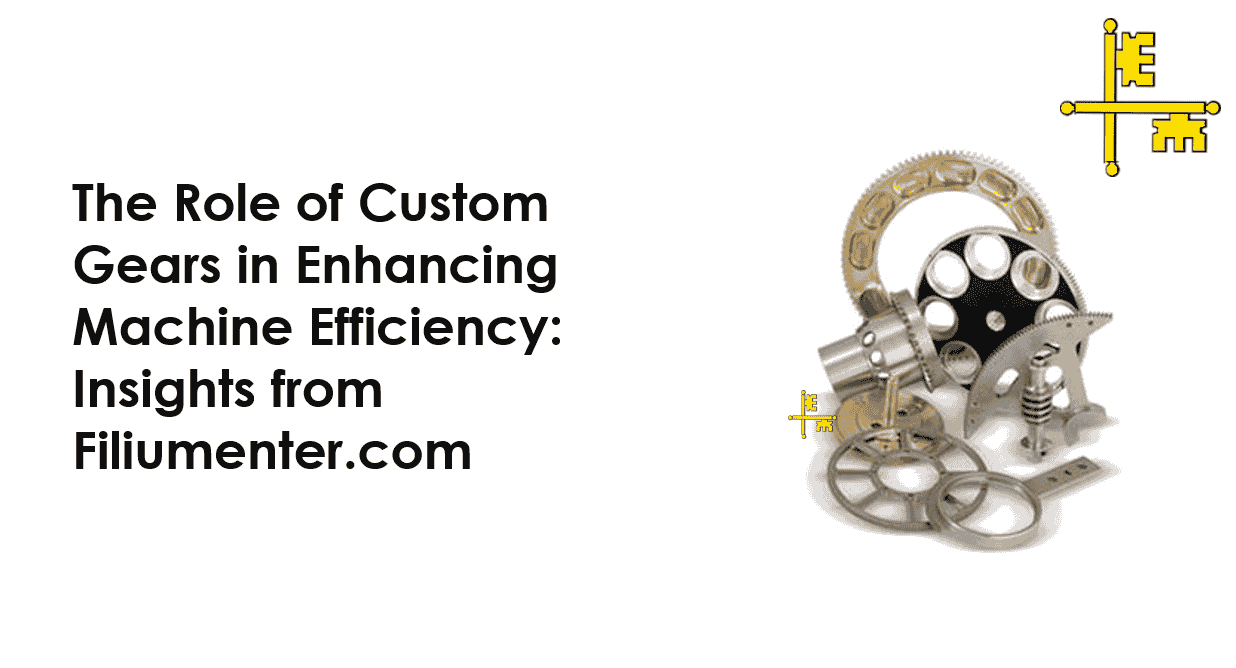The Importance of High-Precision Gears in Robotics and Automation
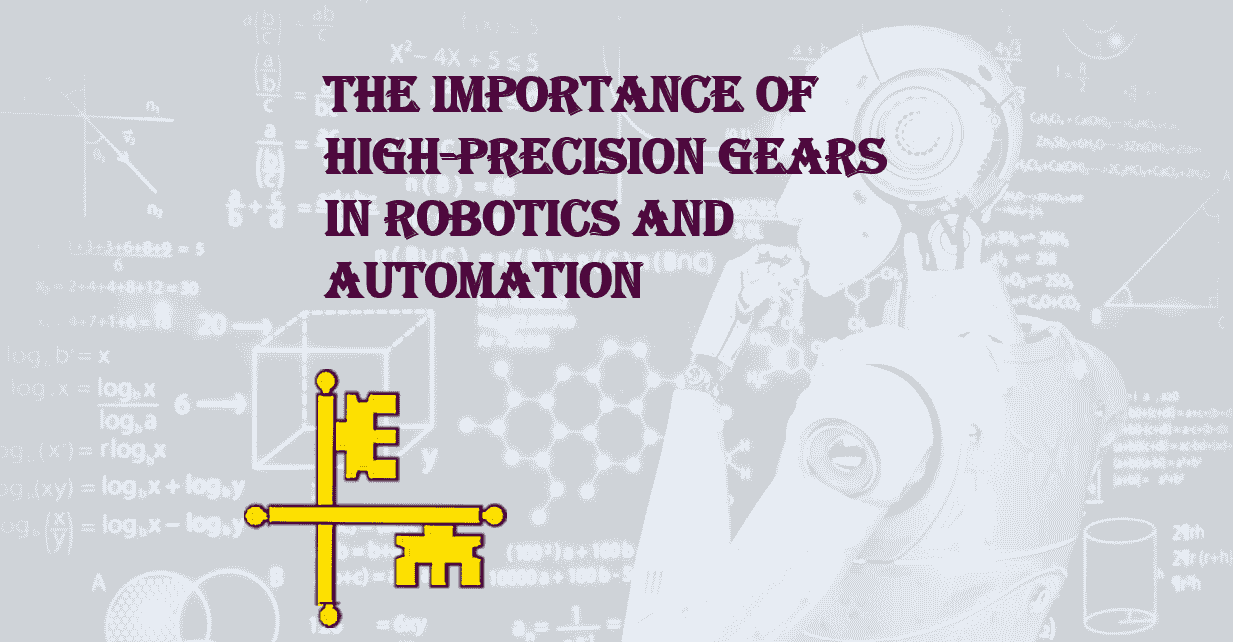
The Importance of High-Precision Gears in Robotics and Automation
In the rapidly evolving world of robotics and automation, the precision and reliability of every component are critical to achieving optimal performance. Among these components, high-precision gears play an indispensable role. Robotics gears and automation gears precision are foundational in ensuring the smooth operation of robotic systems, from industrial automation to advanced consumer robotics. This article explores the importance of high-precision gears in robotics and automation, emphasizing their impact on efficiency, accuracy, and longevity.
Table of Contents
- Introduction
- What Are High-Precision Gears?
- The Role of Robotics Gears in Automation
- Advantages of High-Precision Gears in Robotics and Automation
- Applications of High-Precision Gears in Robotics and Automation
- Conclusion
What Are High-Precision Gears?
High-precision gears are finely engineered mechanical components designed to transmit motion and torque with exceptional accuracy. These gears are typically made using advanced manufacturing techniques such as computer numerical control (CNC) machining, gear hobbing, and grinding processes. The level of precision in these gears ensures minimal backlash, reduced wear, and optimal meshing between gear teeth. In robotics and automation, these characteristics are vital for ensuring that machinery performs with minimal error and maximum reliability.
The Role of Robotics Gears in Automation
Robotics gears are essential in various robotic applications, ranging from industrial robots in manufacturing lines to robotic arms used in healthcare. In robotics, gears help control the movement of joints, arms, and actuators with precision. The accuracy of these movements is crucial to the robot's ability to perform tasks such as assembly, packaging, or even delicate surgical operations.
In automation, gears play a similar role, helping to control machinery such as conveyors, robotic arms, and CNC machines. When integrated with sensors and feedback loops, high-precision gears enable automated systems to operate smoothly, ensuring that processes like assembly, packaging, and quality control are performed with high efficiency and minimal human intervention. Automation gears precision is fundamental for achieving the necessary level of control in high-speed production environments where even the slightest deviation can result in costly errors or downtime.
Advantages of High-Precision Gears in Robotics and Automation
- Accuracy and Precision in Movement
One of the key benefits of high-precision gears in robotics and automation is their ability to deliver accurate and repeatable movements. Whether it’s a robot arm performing intricate tasks or an automated system assembling parts with exact specifications, the precision of gears ensures the system moves as intended. This high level of accuracy is vital in industries like electronics manufacturing, medical robotics, and aerospace, where even the smallest inaccuracies could lead to failures.
- Increased Efficiency
High-precision gears improve the overall efficiency of robotic and automated systems. By reducing mechanical losses due to friction, wear, or misalignment, these gears ensure that power is transferred more efficiently from one part of the system to another. This leads to better performance, faster cycles, and lower energy consumption, all of which contribute to a more efficient manufacturing or robotic process.
- Durability and Longevity
The precision with which gears are manufactured also affects their durability. High-precision gears are made to fit together with minimal play or backlash, resulting in reduced wear and tear over time. As a result, robotic systems that use these gears tend to have longer lifespans, reducing the frequency of maintenance and part replacement. This is especially important in industrial settings, where robots often operate continuously for long periods.
- Reduced Backlash and Wear
Backlash refers to the slight movement between gears when they change direction, which can lead to inaccuracies in robotic motion. High-precision gears are designed to minimize backlash, ensuring that every movement is controlled with utmost accuracy. Reduced backlash also means less stress on the system, leading to less wear on components, reducing the need for frequent repairs, and extending the operational lifespan of the robotic system.
- Improved Load Handling
High-precision gears are also crucial in enabling robots and automated systems to handle higher loads with greater stability. As robots become more advanced and are required to perform more complex tasks, the ability to transmit higher forces without compromising precision becomes increasingly important. High-precision gears can handle these loads without sacrificing the smoothness or accuracy of the system's movements, ensuring optimal performance even under challenging conditions.
Applications of High-Precision Gears in Robotics and Automation
High-precision gears find applications in numerous industries and sectors where robotics and automation are prevalent. Some of the key areas where they are used include:
-
Industrial Robotics: In manufacturing settings, robots equipped with high-precision gears can carry out repetitive tasks like welding, painting, assembly, and packaging with unparalleled accuracy, helping companies improve their production efficiency.
-
Medical Robotics: Surgeons rely on robotic systems with high-precision gears for delicate procedures. Whether performing minimally invasive surgery or assisting in rehabilitation, these gears ensure that robotic arms move with exceptional accuracy and sensitivity.
-
Automated Warehousing: In automated warehouses, robotics gears are used in systems that move items from one place to another, sorting, packing, and loading goods. The precision of these gears is key to ensuring the smooth and efficient operation of these large-scale, high-speed systems.
-
Aerospace: In the aerospace industry, robots and automated systems are used to manufacture and assemble critical components. The use of high-precision gears ensures that these systems operate with the accuracy and reliability necessary for such a high-stakes field.
Conclusion
High-precision gears are essential to the successful operation of robotics and automation systems. These gears enable robots and automated machinery to perform with exceptional accuracy, efficiency, and longevity. Whether in industrial automation, medical robotics, or aerospace, the need for precision cannot be overstated. As industries continue to evolve and demand greater efficiency and reliability, high-precision gears will remain at the heart of the robotics revolution, driving the development of smarter, more capable systems across the globe.
Related Products
Here are some relevant stats and facts that can be incorporated into the article about the importance of high-precision gears in robotics and automation:
1. Global Robotics Market Growth
- The global robotics market is expected to grow from $62.75 billion in 2020 to $190.91 billion by 2030, at a compound annual growth rate (CAGR) of 12.9% during the forecast period (2023-2030) . This highlights the increasing demand for high-precision components such as gears in the robotics industry.
2. Robotic Arm Precision
- Modern robotic arms, especially those used in industries like electronics or aerospace, often require precision levels within ±0.1 mm. This accuracy in movement is only achievable through high-precision gears, which control the joints and motion of these robotic arms.
3. Efficiency Gains in Manufacturing
- Automation in manufacturing can increase productivity by as much as 30-40%, as reported by the International Federation of Robotics (IFR). High-precision gears are integral to ensuring the precise and efficient operation of automated systems in assembly lines, reducing human error and improving cycle times.
4. Robotic Applications in Medical Field
- In the medical sector, surgical robots like Da Vinci have revolutionized surgeries by offering precision up to 1 millimeter. These robots depend on high-precision gears for delicate and intricate movements, especially in minimally invasive surgeries.
5. Automated Warehousing
- The automated warehousing market is projected to reach $27.2 billion by 2026, with robotics and automation playing a significant role in enhancing speed and accuracy. High-precision gears are crucial in these systems to ensure accurate item picking, sorting, and packaging.
6. Gear Precision in Aerospace
- The aerospace industry often requires gears that can withstand extreme conditions. For example, aircraft engines demand gears with precision levels within micrometers to maintain smooth operation and safety. Gears used in this sector are typically made from high-strength alloys and manufactured with tolerances as tight as ±0.01 mm to ensure durability and performance.
7. Backlash in Gear Systems
- Even small amounts of backlash in gears can lead to significant inaccuracies. High-precision gears are designed to reduce backlash to less than 0.05 mm in many advanced robotic systems, ensuring that movements remain smooth and exact.
8. Energy Efficiency
- High-precision gears can reduce energy loss caused by friction, enhancing the overall energy efficiency of a system. In industrial robots, the use of high-precision gears can reduce energy consumption by up to 20% compared to standard gears, which can have a significant impact on operational costs.
